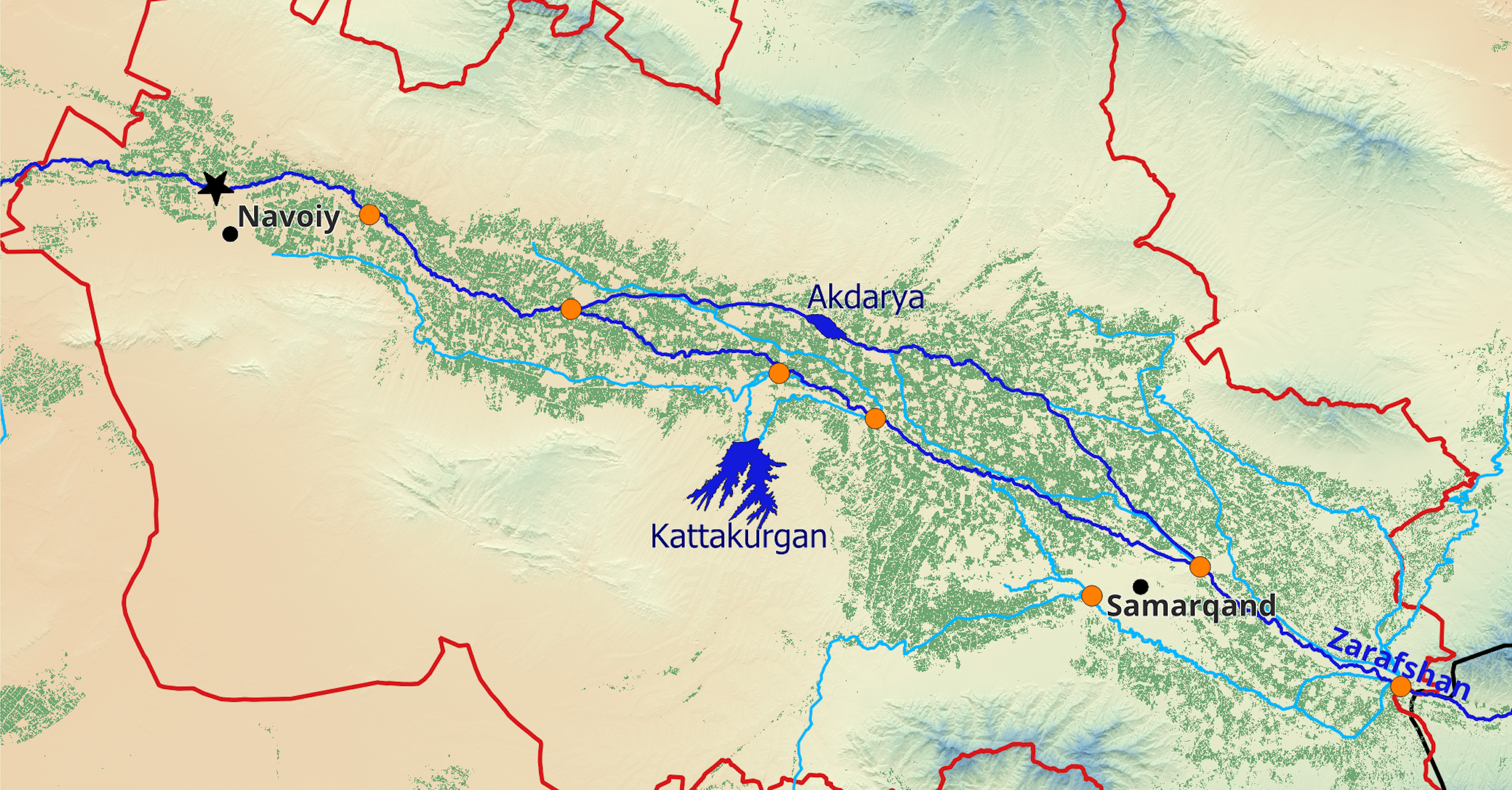Climate impacts on summer flood frequencies in China and Switzerland
Using a weather generator, hydrosolutions Ltd. has developed a modeling chain to robustly estimate recurrence intervals of rare events in mountainous catchments. With stochastic time series of rainfall as an input to the hydrological model, it was possible to estimate the river discharge during flash floods with different return periods. The resulting flood frequency curves can be used to generate the next generation flood hazard maps in China and Switzerland.
Classification accuracy
Just Something
Donec ullamcorper nulla non metus auctor fringilla posuere erat
Pixels
Mountain torrent disasters are common in China. Such events have caused several hundred deaths in the last few years. Hydrosolutions ltd is participating in a cooperative research project between China and Switzerland to develop mountain torrents disaster prevention and mitigation. The project objective is to conduct common research and to promote the safety of people's lives in the Guanshan watershed, Western Hubei province, which was chosen as the pilot study area for this project. The project is supported by the Changjiang Water Resources Commission (CWRC), as well as by the Federal Office for the Environment (FOEN). Switzerland and China are engaged in an intensive exchange of ideas and experience on water management and dealing with natural disasters. A Memorandum of Understanding (MoU) was drawn up and signed in 2012 between the two countries and provides the framework for this bilateral cooperation.
.jpg)
Over the last two years, the Swiss team of experts, which also includes engineers and researchers from the company Geotest and the Swiss Federal Research Institute WSL, has visited the Guanshan watershed several times to collect information on past extreme events and to learn about the current practice for monitoring and pre-warning. hydrosolutions ltd has then set up a rainfall-runoff model for the catchment. The model can reproduce the observed peak flows of past events by using time series of hourly rainfall as input. However, as it is common for mountain catchments all over the world, such observations are available only for a limited time period. The observations alone are therefore not enough to robustly estimate the recurrence intervals of rare events (such as a major flood that occurred in the catchment in the year 2012, see header image.) or to estimate the magnitude of a 100-year flood based on the model outputs. To obtain a long time series of rainfall, a stochastic weather generator was therefore set up. The weather generator is able to reproduce observed rainfall statistics in artificial time series of rainfall. In addition, expected changes in rainfall statistics such as predicted by climate models can be considered and long time series of rainfall representative of a future climate can be obtained.
With the stochastic time series of rainfall as an input to the hydrological model, it was finally possible to estimate the river discharge during flash floods with different return periods. A so-called flood frequency curve was obtained based on the simulations and could be successfully validated against a flood frequency curve obtained from observations available from the outlet of the 320 square kilometers large catchment. But the model does not only provide outputs for the lowermost location of the catchment – it can be used to calculate river flow during extreme events at any sensitive point along the river anywhere in the catchment. As such, it provides valuable information that will be used in the next step to generate flood hazard maps. Based on the model and based on the flood hazard maps, risk managers will design improved warning strategies and evacuation plans.
The project provided one of the first assessment of the climate change impact on the return periods of extreme events in the region. The regional climate models (RCMs) available through the CORDEX East-Asia initiative predict an increase in magnitude and frequency of storm events for the coming three decades. The combination of RCM projections, weather generator, and rainfall-runoff model lead to the conclusion that an event like the 2012 flood may occur much more frequently in the future. Under the climate of the recent past, we expect such an event to take place every 80 years approximately. Given the impacts of climate change, this recurrence interval is projected to decrease to 25-30 years only.

More Projects






